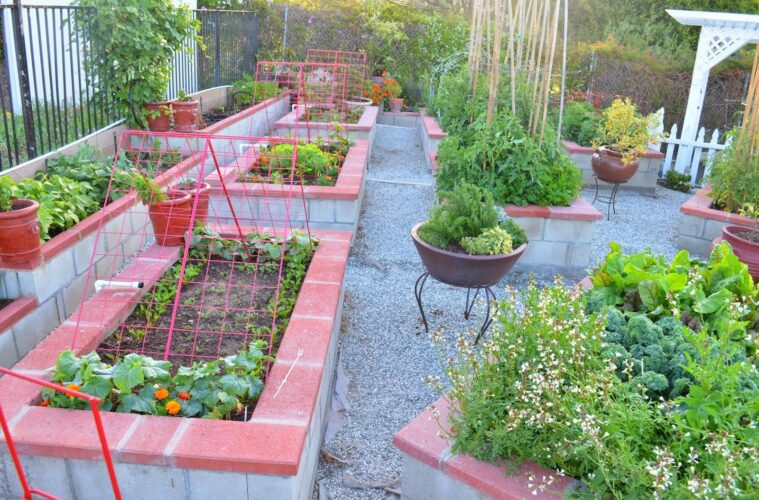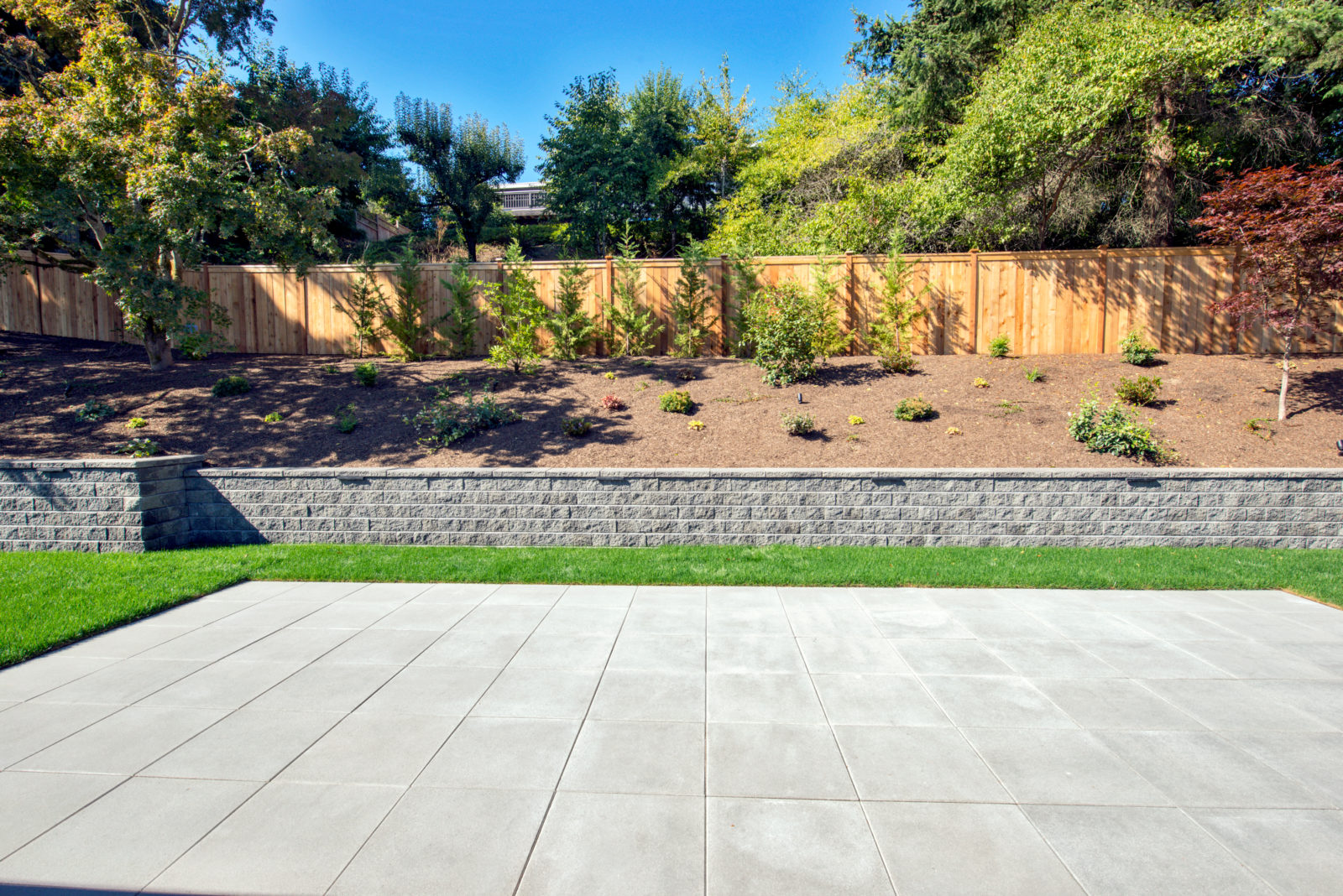It’s no surprise that having a kitchen garden in your home is becoming more and more popular. A kitchen garden can provide fresh fruits, vegetables, and herbs for your meals. Creating and maintaining a kitchen garden can also be beautiful, calming, and rewarding.
But what if you live in a small apartment? Can you still have a successful kitchen garden without sacrificing too much space? This article will discuss the steps to grow a kitchen garden in even the smallest apartments successfully.
What is a Kitchen Garden?
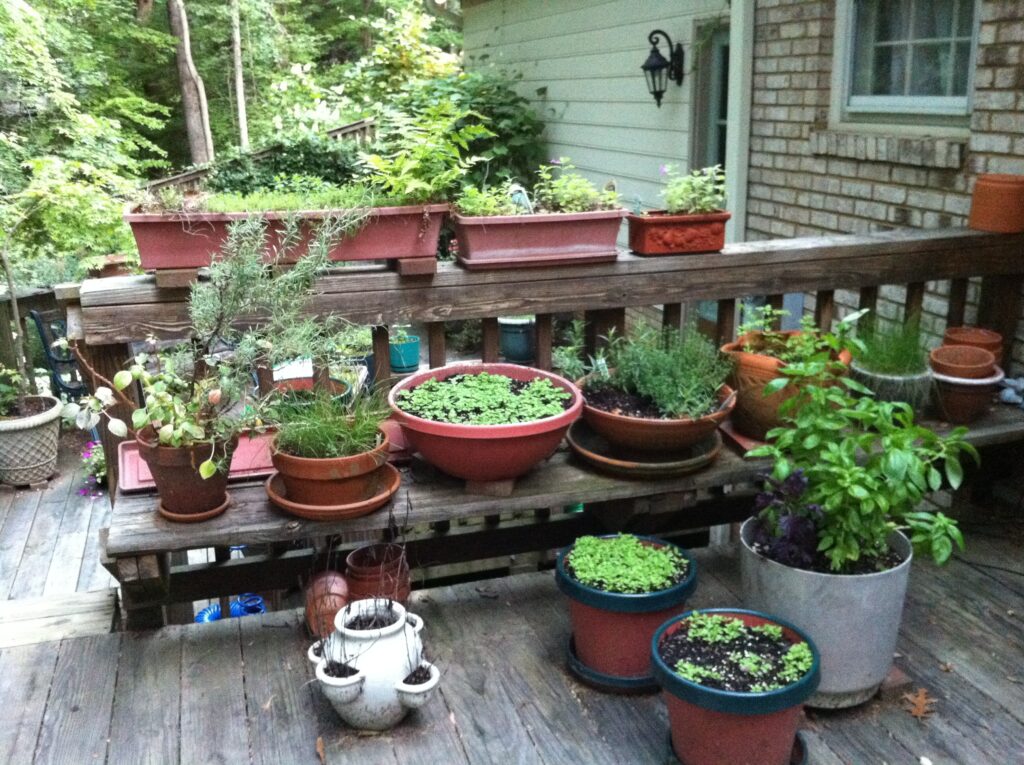
source: pinterest.com
A kitchen garden is any vegetable or herb-based gardening in an urban environment or inside one’s home. This type of gardening allows people with limited outdoor space to get started on their own green oasis at home by utilizing smaller spaces like balconies or patios and indoor options such as shelves or window gardens. Growing edible plants eliminates the need to buy herbs and other essential greens.
What is the Difference Between Kitchen Gardening and Regular Gardening?
The main difference between regular gardening and kitchen gardening lies in its purpose. Regular gardens are typically ornamental plantings meant only for aesthetic purposes. In contrast, kitchen gardens focus solely on producing food crops such as fruits, vegetables, and spices regardless of appearance.
Step-by-step of Creating a Kitchen Garden in a Small Apartment
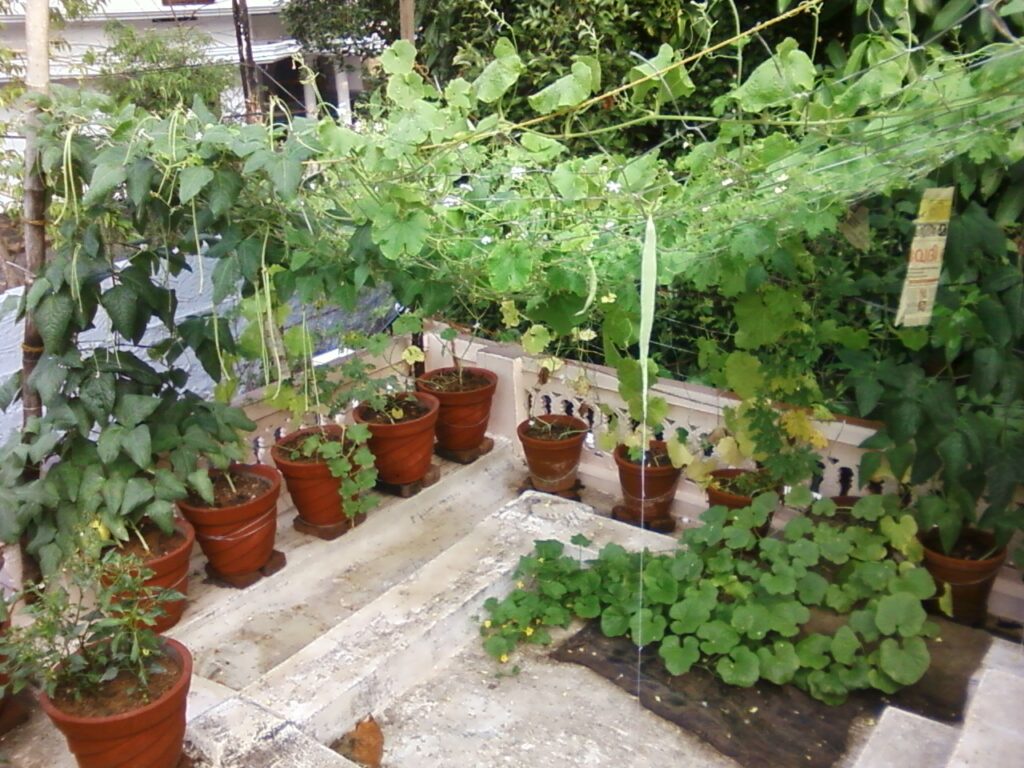
source: pinterest.com
Creating a successful small-space vegetable plot doesn’t have to be hard work; all it takes is knowing precisely what steps need to be taken from start until finish. Here are nine simple steps to help you create the perfect mini-produce paradise:
Location
One of the most important parts of making a kitchen garden in an apartment is deciding where to place it. Some ideal places for this type of gardening would be on balconies or patios–anywhere you can get natural light and protection from the elements like rain and wind.
If those options aren’t available, indoor window gardens are also great alternatives. When deciding the location for your garden, consider things such as proper sun exposure and accessibility. You don’t want too much shade blocking out sunlight or have to climb any difficult obstacles just to water and harvest plants.
Sunlight
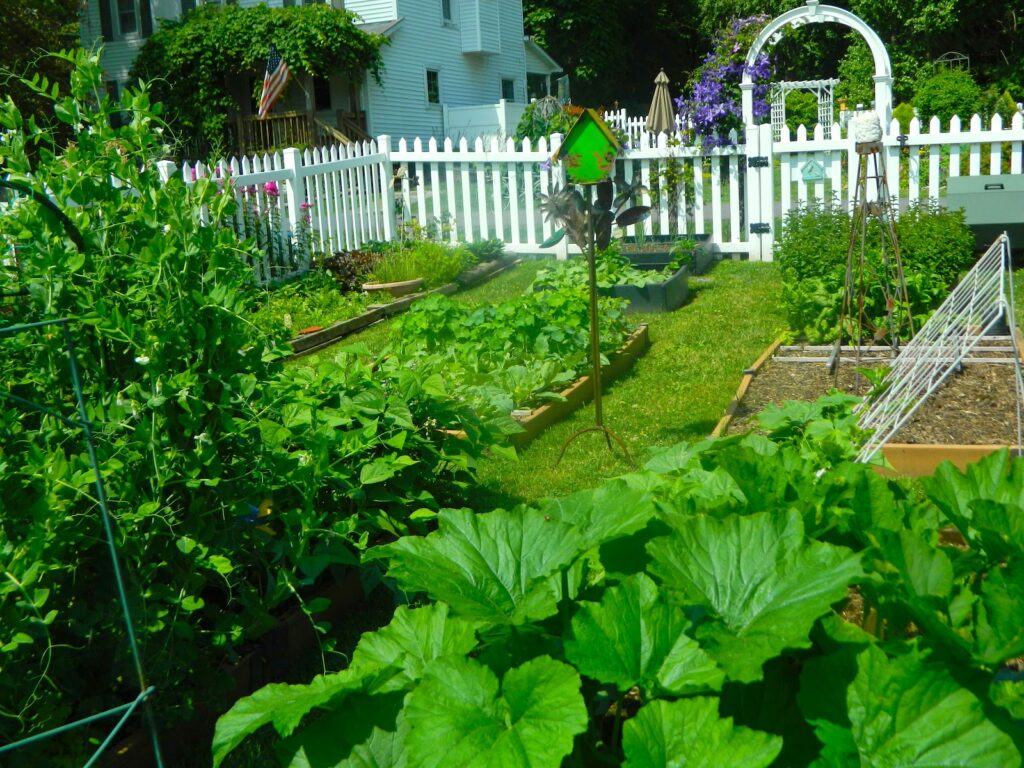
source: pinterest.com
The next step is ensuring enough sunlight reaches all areas within your space. At the same time, most vegetables need 6 hours per day minimum direct sun exposure, which may not always guarantee if you live in densely built-up city environments, herbs and leafy greens will happily grow with less than 4 hrs of sunlight.
So, double-check what kind of plant life thrives best under specific lighting situations before getting started. Ideally, try placing potted plants near windows so they get as much natural daylight shining through them throughout different times during day/night cycles. However, remember to turn off lights at night; otherwise, plants won’t receive much-needed darkness.
Select the Pots and Planters
When selecting pots and planters for your kitchen garden, keeping size and weight restrictions in mind is essential. Depending on where they’re located, large ceramic containers may become heavy once filled with soil and watered regularly due to their considerable weight increases over time.
Placing ceramic pots high on walls or shelving units could cause structural damage when fastened inadequately. Therefore, you should opt for lighter plastic pots or grow bags. You must also choose those explicitly designed to drain away excess liquids quickly via small holes underneath rather than retain fluid build-ups around root systems, leading to root rot issues later.
Choose the Plants to Grow
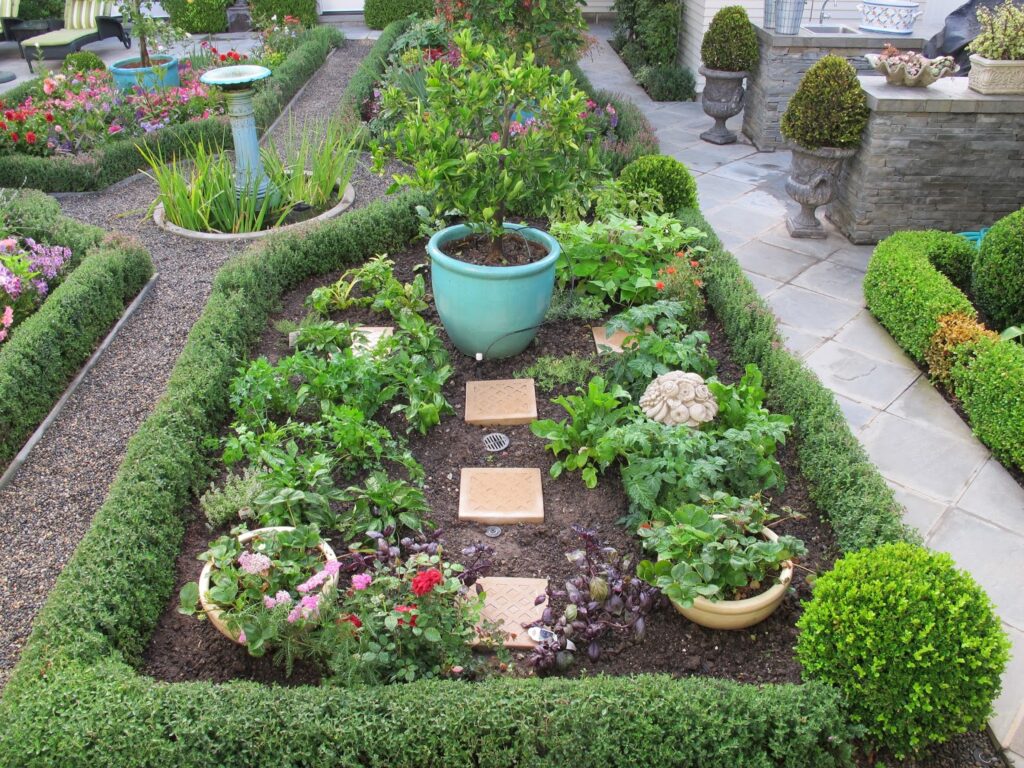
source: pinterest.com
It’s also essential to consider the plants you’ll be growing in your kitchen garden. This will depend on what type of harvesting times you’re looking for and their sun exposure requirements. So, research thoroughly before making any final selections.
For those who don’t have a lot of room, herbs and leafy greens are usually an ideal choice since they tend to do better in smaller spaces with less light. If you’re willing to dedicate more space and time, try planting things like tomatoes, peppers, or lettuce. These take up slightly bigger areas however offer much larger harvests that last longer.
Choose the Growing Medium
When selecting the right soil mix for your kitchen garden, it is essential to understand that not all soils are created equal. Every plant has different needs regarding its environment, and soil types play a big part in this equation.
Most commonly, potting mixes are used, which provide necessary nutrients and wetness levels throughout the growing season. Alternatively, depending on specific species growing requirements, you can opt for custom blends. Ultimately, you aim to create the perfect pH balance (around 6-7) between nutrient-rich components: composts, perlite, and vermiculite mixtures.
Buy the Seeds or Saplings
Once you decide upon the plants you want to grow, the next step involves buying seeds or saplings you need to grow into edible produce. Some people prefer fresh ones, while others might use pre-grown versions from nurseries and local stores.
Even though the latter option costs a little more, the result is often worth the effort spent obtaining them, as they mature faster than sowing from scratch.
Choose the Compost to Use
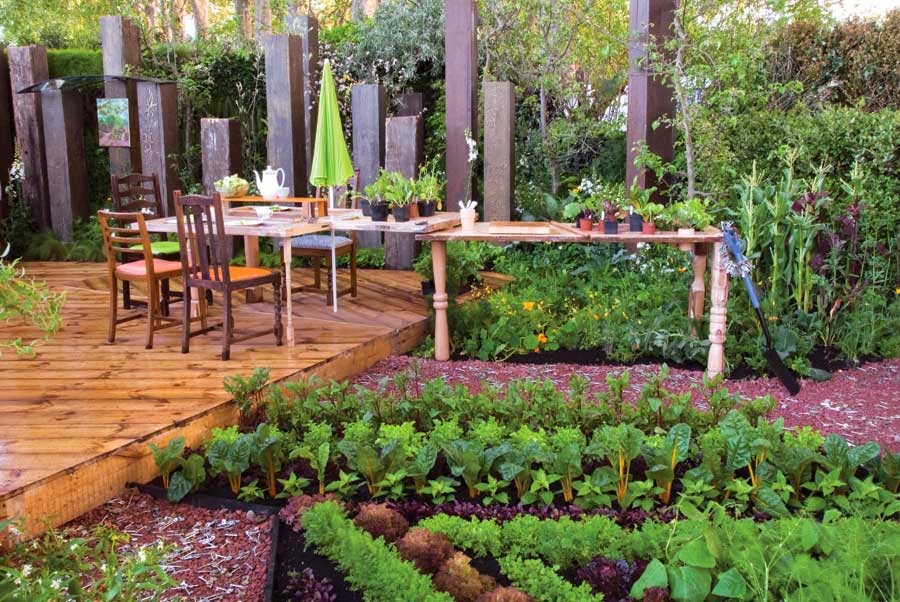
source: pinterest.com
Compost provides vital food sources that help bring life within the soil ecosystem once mixed. Microbes within the compost act as great natural fertilizers aiding root development while encouraging healthy bacteria colonies to build themselves around roots, thus boosting overall health and productivity.
Unfortunately, some growers use chemicals, which may leach into the plants, thus endangering your life. As such, going organic is the best option possible,
How to Water the Plants
Watering plants properly is vital to a successful kitchen garden. It’s essential to ensure that each species gets adequate amounts of liquid regularly; otherwise, their growth cycles will be affected.
Generally speaking, try water at ground level instead of overhead sprinkler systems, as the latter can spread disease due to extreme wetness levels and air-borne spread.
Take Care of Your Plants
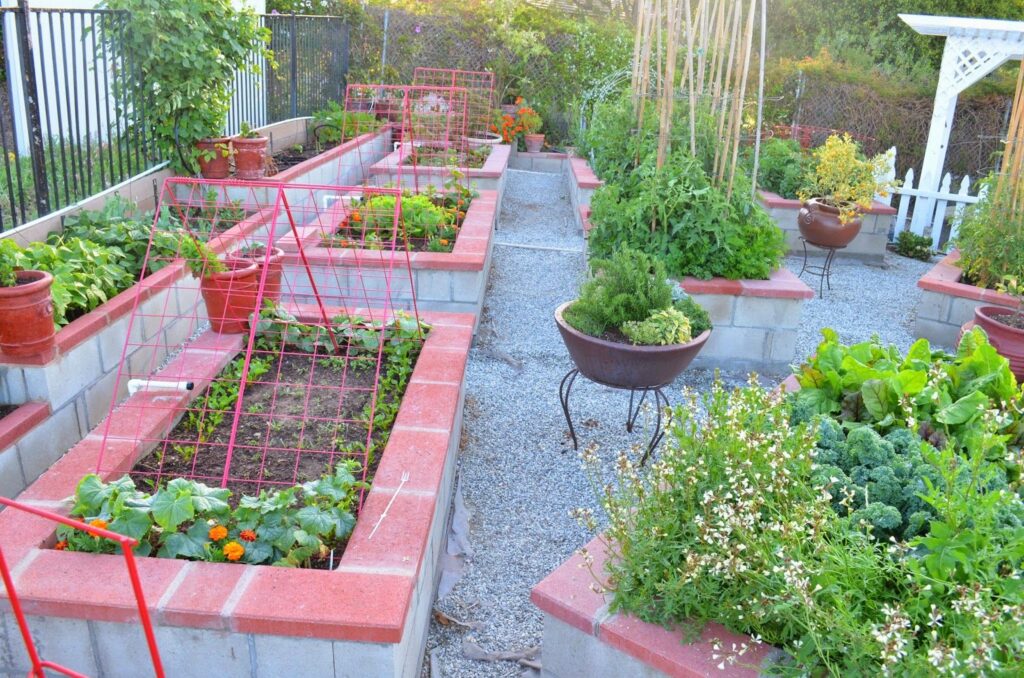
source: pinterest.com
Caring for your kitchen garden is just as important as growing it in the first place. Some tips to keep your plants healthy include fertilizing them regularly and pruning any dead or damaged leaves or stems.
You must also conduct pest control by introducing beneficial insects like ladybugs into the environment or spraying a mix of diluted dish soap and water around foliage areas. This helps kill destructive organisms without causing harm to plant life. And remember to remove weeds.
Harvest the Plants
Once your plants mature, it’s time to enjoy your hard work. Gently examine fruits and vegetables for signs of ripeness, such as color changes and shape alterations.
Final Thoughts
Creating a kitchen garden in an apartment may seem daunting at first, but careful planning and dedication can be advantageous even within small spaces.
This article has provided helpful information on how to grow your fresh produce at home, from location, access to sunlight, grow containers, and soil medium to seeds.

